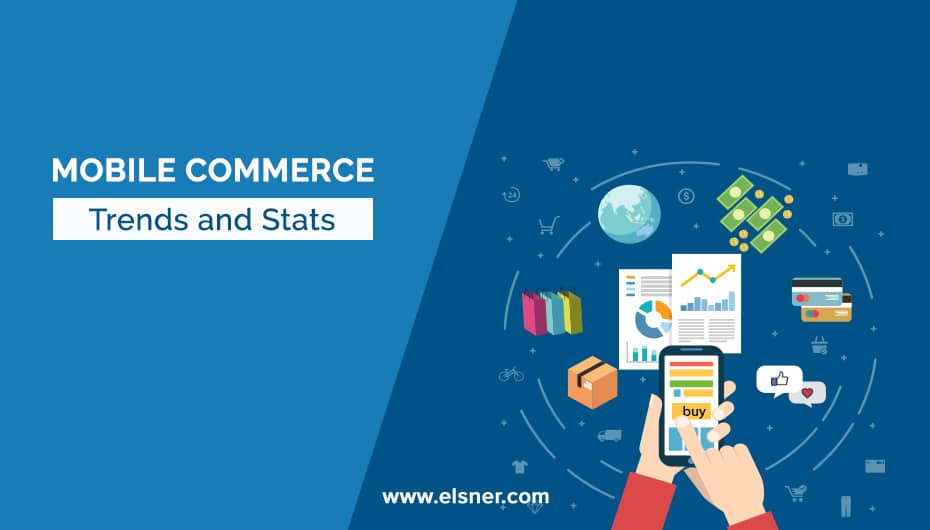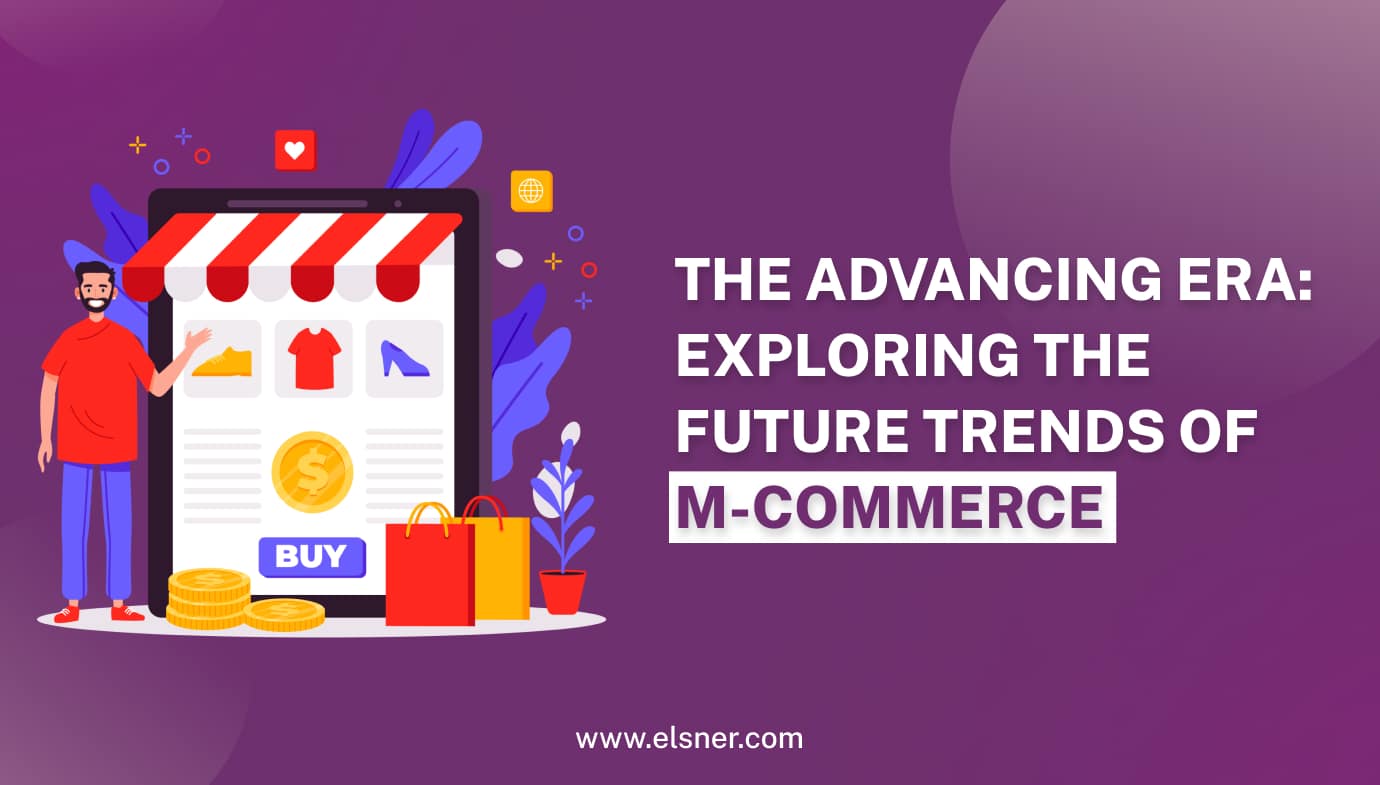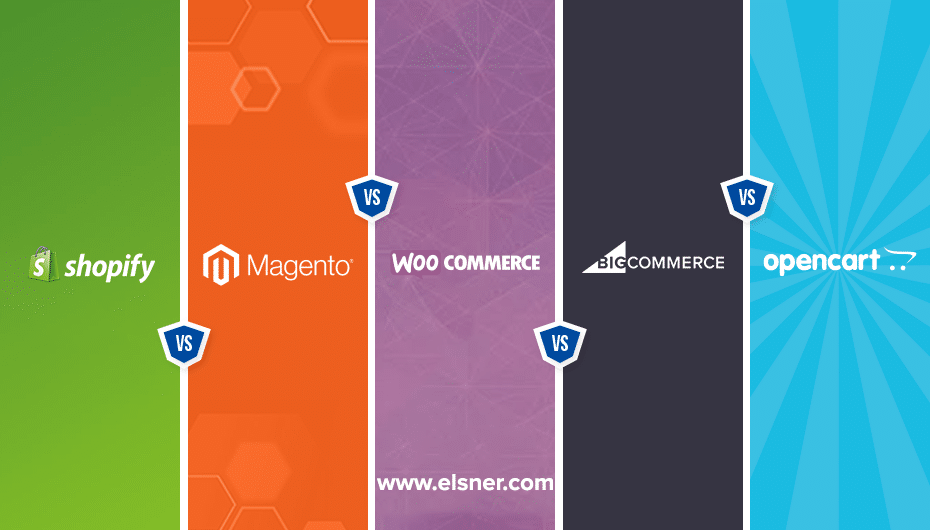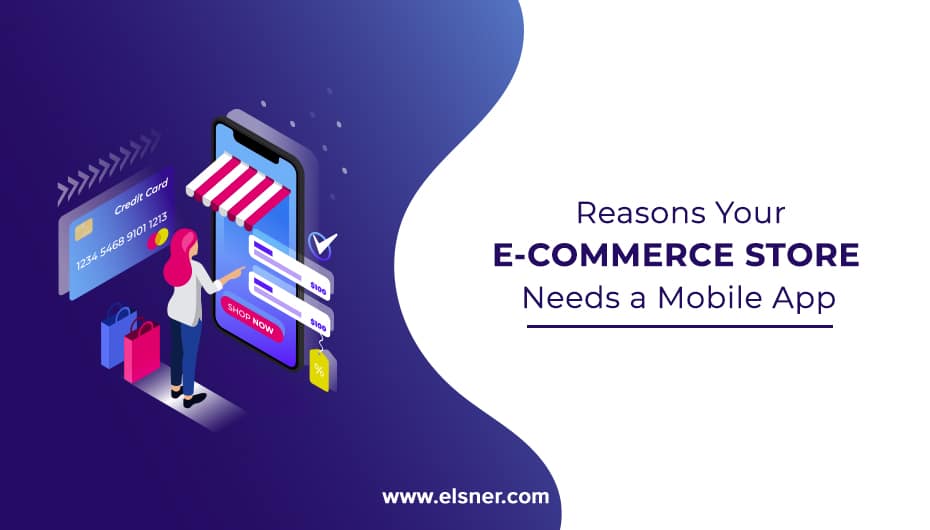Lately, the mobile commerce industry has developed rapidly and is also preferred by a lot of customers. The rapid growth of it does make us believe that it is the next big thing. Mobile commerce is also known as Mcommerce, is a process of buying and selling products and services through mobile phones like smartphones, tablets, etc. It can include ample things like e-commerce and in-app purchases to mobile banking and shopping products using a digital wallet.
Below are some types of Mobile commerce:
1. Mobile shopping:
Quite similar to e-commerce, but can be accessed via a mobile device. Mobile shopping can be done through mobile-optimized websites, business dedicated apps, and numerous social media channels such as Facebook, Instagram, Twitter, Pinterest, etc.
2. Mobile banking:
Mobile baking is very similar to online banking, however, you might come across types of transactions which are limited on mobile devices. Mobile banking requires a dedicated app. Some banks have also started trying out chatbots and messaging apps.
3. Mobile payments:
There are numerous mobile payment options available in the market, like Apple Pay, Google Pay, PayPal, Paytm, BHIM, etc. Mobile payments now include mobile wallets, money transfers, carrier payments, contactless payments, and more.
Here we are some stats of mobile commerce which will help you understand how big of a role it plays in the e-commerce market:
● 49% of customers opt for smartphones to shop from anywhere in the world.
● Smartphones initiated 1.82 % conversions, and 3.49% were initiated through tablets.
● In the retail industry, 41.32% conversion was noticed because of the use of smartphones.
● 61% U.S. citizens depend on smartphones in stores to compare prices.
● 2.11% of conversions are made by iOS users and 1.81% by Android users.
● In 2019, one billion mobile users used vouchers and coupons worldwide.
● By the year 2021, the mobile industry might generate revenue of $3.56 trillion.
● In 2013 the mobile wallet market size was $1.65 trillion and is expected to reach $5.3 trillion by 2020.
● From 2020 to 2024, North America and Europe are assumed to be the biggest markets for revenue generation.
● By 2021, in the U.S. the m-commerce share in the e-commerce market will be 53.9%.
● The M-commerce industry is dominated by 10 top players apparently, which include Mastercard, PayPal, Amazon, Apple, Visa, Walmart, and more. Many others will be a part of the competition in the coming years.
● 8.93% of millennials compared online deals using a mobile phone in 2018.
● Approximately 90% of mobile time is spent on Apps. Customers prefer apps over mobile sites due to better user experience, response speed, extra features, and special offers.
● U.S. smartphone's volume is assumed to increase from $128.4 billion in 2019 to $418.9 billion by 2024.
● A total of $2.3 trillion m-commerce transactions was recorded by the end of 2019.
M-commerce trends that will dominate in 2020 – 2025:
1. Voice search: By the end of 2020, 50% of searches will be done by voice search, and also 46% of users will opt to hear business prices over voice search.
2. Coupons and rewards: By 2025, the global coupons industry is expected to grow by 56.5%. It is one of the best ways to attract customers and get new customers to make purchases.
3. Personalization: 61% of mobile users prefer channels delivering services customized as per their location and choices. Personalization will leave an impact on the customer and remain popular in the m-commerce domain.
4. Crypto payments: To secure transaction experience, mobile shoppers and retailers will embrace the idea of using cryptocurrencies similar to Bitcoins.
5. Social media: Online businesses with social media presence gain 32% more sales compared to those without one, more companies will rely on such platforms to increase sales. Social media sites have introduced "buy buttons" that will lead you to make purchases without leaving the platform.
6. Greater reality: By allowing customers to virtually try and interact with products, Augmented reality will generate around $120 billion of sales by the end of 2020.
7. Optimized page load speed: Approximately 40% of mobile consumers abandon any page that takes more than 3 seconds to load. In 2020 to 2025, businesses will focus on improving the app page loading speed.
8. Automated customer support: Approximately 85% of customer interactions will be taken care of without human help. Chatbots will do the majority of the communications by the end of 2020.
9. Independent vehicles: Autonomous vehicles will be a significant benefit to the mobile commerce industry. It will help reduce the time and cost of delivery and brand promotion.
10. Proximity marketing: With the use of WiFi and BLE-powered Beacons will allow businesses to target audiences based on the radius of the physical store. Entrepreneurs can send them personalized deals and notifications to make adequate profits.
Consumers are dependent on digital devices now more than ever, and we predict that mobile will become the consumers’ most preferred medium for online shopping in upcoming years.

About Author
Pankaj Sakariya - Delivery Manager
Pankaj is a results-driven professional with a track record of successfully managing high-impact projects. His ability to balance client expectations with operational excellence makes him an invaluable asset. Pankaj is committed to ensuring smooth delivery and exceeding client expectations, with a strong focus on quality and team collaboration.




